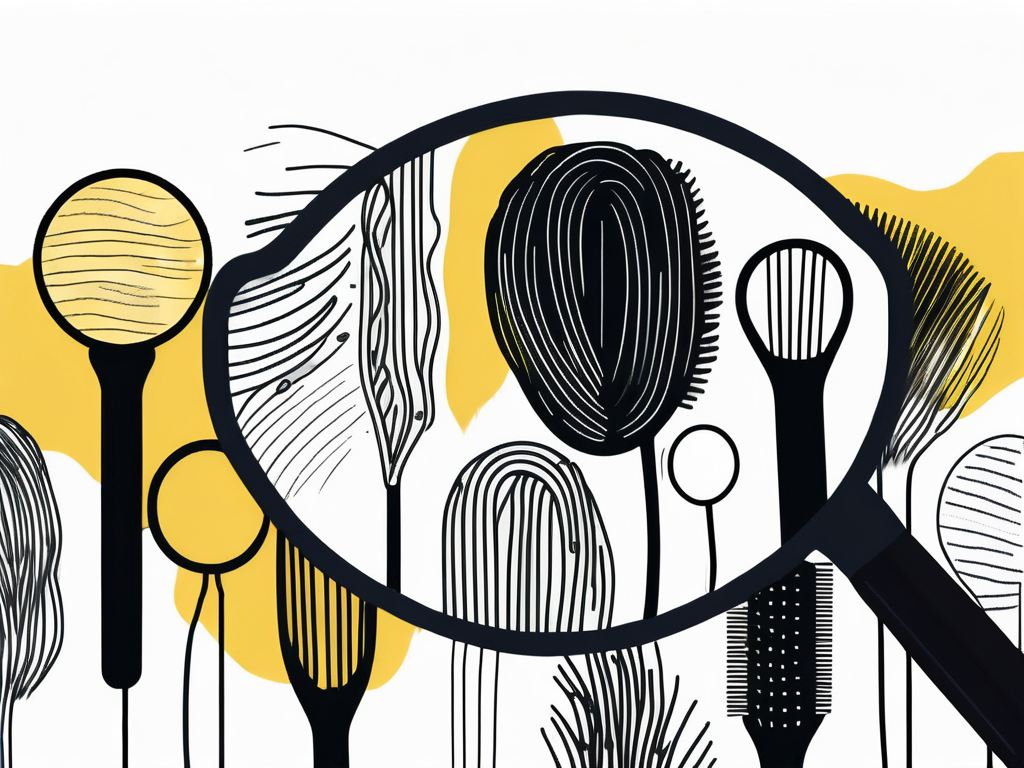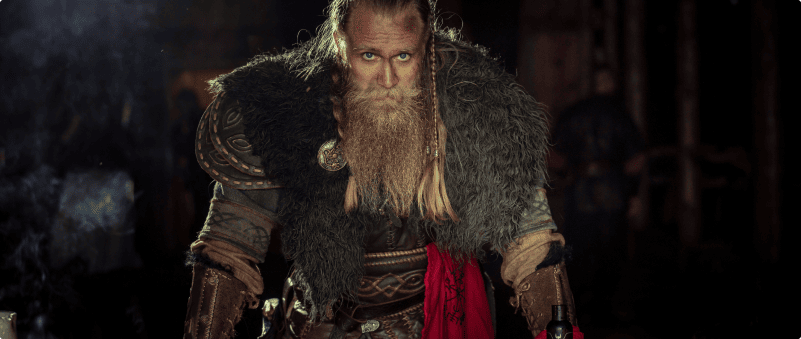Author: The Beard Struggle
Published at: Jun 27, 2024
Did you ever stop and wonder why your hair and beard have different textures? You're not alone! Many people experience the same phenomenon of having straight hair but a curly beard, or vice versa.
It's a strange quirk of nature that has both baffled and intrigued scientists for years. In this article, we'll answer why your beard is curly but your hair is straight, and we'll do so by covering:
Understanding why your beard is curly while your scalp hair is straight involves diving into genetics, ethnicity, and environmental factors. Let's explore these fascinating reasons:
Genetic Factors:
Variations Within Ethnic Groups:
Climate and Weather:
Hair Care Routine:
Your curly beard and straight scalp hair can be attributed to a combination of genetic and environmental factors. While ethnicity and genetic variations set the foundation for your hair texture, environmental influences and hair care routines play a significant role in shaping how your hair and beard look. By understanding these factors, you can better manage and embrace your unique hair characteristics.

If you have a curly beard, embrace its uniqueness and showcase its natural beauty. Here are some grooming tips to keep your curly facial hair in tip-top shape:
If you're blessed with straight hair on your head, maintaining its sleekness requires a different approach. Follow these hair care tips to keep your straight locks looking fabulous:
Now that we have explored the basics of hair growth and the influence of genetics, let's turn our attention to understanding the difference between scalp hair and facial hair. While they may appear similar, there are distinct differences that contribute to their varying textures.
One key difference lies in the hair growth cycles of scalp hair and facial hair. The growth phase, or anagen phase, of scalp hair typically lasts for several years, allowing it to grow longer before entering a resting phase and shedding.
In contrast, facial hair, including beards, has a shorter anagen phase, resulting in a limited growth period and shorter overall length.
This shorter growth cycle of facial hair can contribute to its curly or wavy texture. As the hair grows in a compressed timeframe, it may not have sufficient time to straighten fully, resulting in the characteristic curliness often observed in beards.
Hormones also play a significant role in dictating the differences in hair texture between the scalp and the face. Androgen hormones, such as testosterone, are responsible for stimulating the growth of facial hair. The levels and activity of these hormones can influence the thickness, density, and curliness of beard hair.
Interestingly, different androgen receptors are present in the scalp and facial hair follicles, which respond differently to hormonal signals. This differential response further contributes to the variation in hair texture between these two areas.
But there's more to the story. Beyond the growth cycles and hormonal influences, the microenvironment surrounding the hair follicles also plays a role in determining the texture of scalp hair and facial hair.
The scalp has a higher number of sebaceous glands, which produce sebum, a natural oil that moisturizes and conditions the hair. This abundance of sebaceous glands on the scalp helps to keep the hair smooth and sleek.
There are numerous myths and misconceptions surrounding hair texture. Let's debunk some of these common misconceptions.
There is a prevailing belief that certain foods can alter hair texture. However, it's important to note that hair texture is primarily determined by genetics. While a healthy diet is essential for overall hair health, it cannot change the inherent texture of your hair. So, feel free to enjoy your favorite foods without worrying about their impact on your hair texture.
Another myth suggests that stress can make your hair curlier or impact its texture. While stress can have various effects on our bodies, altering hair texture is not one of them. If you notice changes in your hair during stressful periods, it's more likely a result of external factors such as lifestyle changes or hormonal fluctuations rather than the stress itself.
So, dear reader, we have traversed the fascinating realm of hair texture duality, unraveling the mysteries of why your beard may be curly while your hair remains straight. Through the lens of genetics, environmental factors, and the science of hair follicles, we have gained valuable insights into this quirky phenomenon.
Next time you gaze into the mirror, take a moment to appreciate the marvels of your unique hair texture duality – a testament to the intricacies of human biology and the wonders of nature.
Remember, embracing and celebrating the diversity of our hair textures is what makes us all so wonderfully unique. So whether your hair is curly, straight, or somewhere in between, wear it with pride, knowing that it's an essential part of what makes you, you!
For top-quality beard care products to enhance and maintain your beard, make sure to check out our tools and accessories at The Beard Struggle.

10 Beard Care Mistakes A Viking Should Never Make
Register now to receive 10 exclusive tips straight to your inbox.
Comments